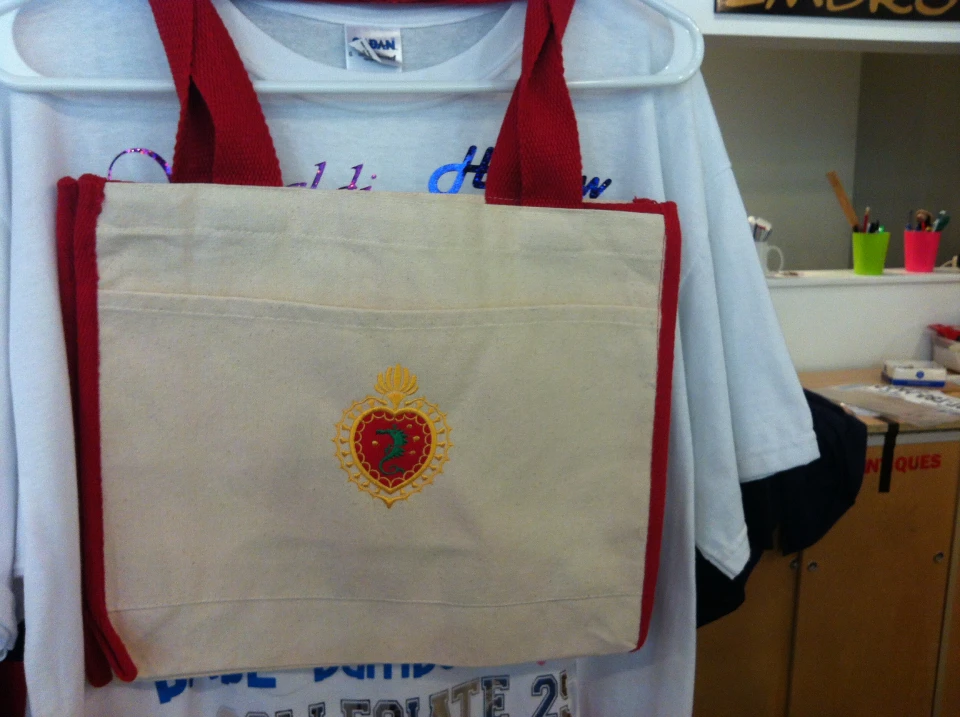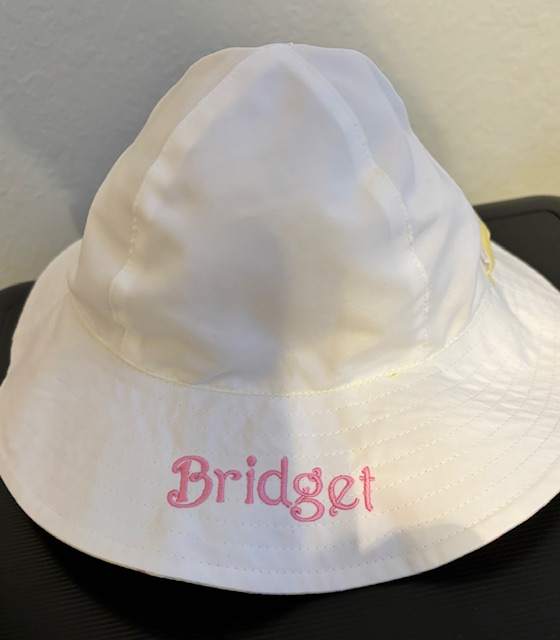The Art of Customized Needlework: Unlocking the Tricks to Creating One-of-a-kind and Memorable Styles
Needlework, a craft soaked in practice and virtuosity, holds within its complex stitches the power to transform material right into a canvas of unique expression. The keys to creating custom-made needlework layouts that captivate the eye and leave an enduring perception hinge on a fragile balance of method, creativity, and attention to information. As we dig into the world of custom embroidery, we discover the nuanced interplay between thread selection, stitch intricacy, and style personalization that boosts a plain garment to a work of art. Join us on a trip via the art of custom embroidery as we unwind the secrets behind crafting really unforgettable and distinctive creations.
Picking the Right Embroidery Threads
When choosing embroidery threads, what vital variables should you think about to make sure the most effective outcomes for your customized styles? The choice of embroidery string is crucial in identifying the final outcome of your stitched design. One of the primary considerations is the product of the string. Various materials such as cotton, polyester, rayon, and silk supply varying levels of sheen, toughness, and texture. It is vital to select a string material that matches the material you are embroidering on and aligns with the wanted appearance of the design.
Thicker threads can include dimension and structure to your design, while finer strings are optimal for elaborate information and small message. In addition, thinking about the shade fastness and washability of the thread is vital to guarantee that your custom-made styles keep their high quality and vibrancy over time.
Exploring Different Stitch Strategies
To look into the realm of 'Checking out Different Stitch Strategies', one must understand the intricacies and nuances that each stitching approach brings to the art of embroidery. Various stitch techniques not just include aesthetic passion yet likewise add to the total texture and dimension of the layout. One prominent stitch method is the satin stitch, which involves very closely stuffed parallel stitches to produce a smooth and glossy surface area, perfect for filling out forms and producing strong details.
On the various other hand, the backstitch is a flexible strategy usually used for describing and including fine details. It involves sewing in reverse to create a solid line of needlework. In addition, the French knot stitch includes a tactile element to styles, perfect for developing textured accents like blossom facilities or attractive touches.
Checking out various stitch methods enables embroiderers to play with light, darkness, and deepness within their styles, raising the visual appeal and creative high quality of their embroidery projects. By understanding different stitching methods, one can unlock countless possibilities for creating special and memorable custom embroidery items.
Incorporating Personalized Design Components
Having checked out the intricacies of various stitch methods such as the satin stitch, backstitch, and French knot, the emphasis currently moves towards including tailored layout components in personalized embroidery tasks. Individualized design aspects play an important role in making needlework tasks truly unique and memorable. One method to integrate customization is by including initials, names, or significant days to the style. This not only includes an individualized touch yet additionally improves the sentimental value of the embroidery piece.
One more method to integrate customized style components is by including icons or motifs that hold unique definition to the recipient or show their interests and character. Integrating a preferred flower, pet, or hobby-related icon can make the needlework layout more meaningful and tailored. Additionally, selecting shades that reverberate with the recipient or straighten with the designated style can even more boost the customization of the needlework task.
Grasping the Art of Color Control

One key element of color control is understanding shade concept. This includes understanding exactly how various colors connect with each various other, the emotions they communicate, and how they can be incorporated to create aesthetically enticing designs. By applying color theory concepts, embroiderers can develop harmonious dress shirt alterations cost color schemes that boost the overall look of the design.
Additionally, paying interest to comparison is crucial in shade coordination. Making use of contrasting shades can aid certain elements of the design pop, enhance clarity, and produce an aesthetically vibrant needlework item. By grasping the art of color control, embroiderers can boost their styles and create unforgettable items that reverberate with customers and visitors alike.
Enhancing Appearance With Advanced Needlework Stitches

French knots, as an example, are excellent for including tiny, increased dots to your layout, simulating the look of Find Out More grains or producing a distinctive surface area. Bullion knots, on the other hand, can be used to develop twisted, ropelike aspects that add a lavish feel to the needlework. Seed sewing includes tiny, scattered stitches that can fill out locations with a speckled structure, while turkey work creates cosy, dimensional accents similar to animal hair or foliage. Try out these sophisticated needlework stitches allows you to press the limits of traditional embroidery and produce really unique and aesthetically appealing structures in your designs.
Conclusion
Finally, the art of customized needlework involves a combination of selecting the ideal strings, exploring numerous stitch strategies, integrating customized layout aspects, understanding color sychronisation, and boosting texture with advanced stitches. By comprehending and carrying out these crucial aspects, embroiderers can produce one-of-a-kind and unforgettable styles that showcase their creativity and ability. Needlework fanatics can unlock the secrets to creating gorgeous and custom items that attract attention and leave a lasting impression.
Comments on “Heat Transfer on T-Shirts and Aprons - Custom Styles and Logo Designs”